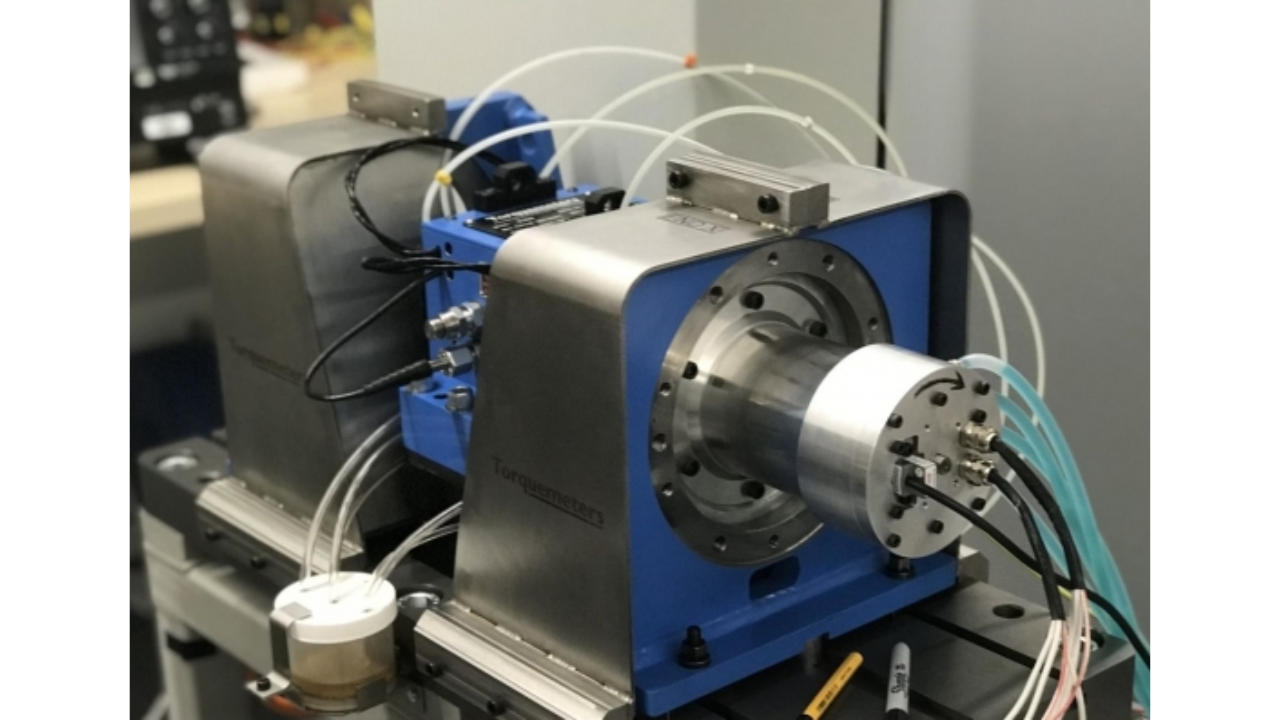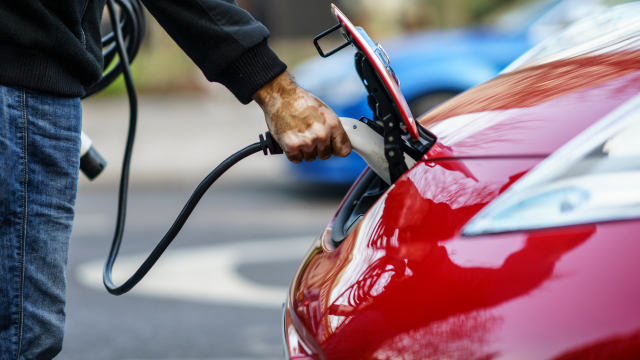Engineers at UNSW have developed a magnetically driven motor that could reduce the use of rare earth materials in electric vehicles significantly.
Electric vehicles use rare earth minerals like neodymium, terbium and dysprosium in their motors. On top of those minerals, gold and silver are used in circuit boards (which have separate issues due to the chip shortage) and lithium-ion in the batteries (not a rare-earth mineral, but not exactly available in abundance).
So, while we’re going to need electric vehicles and decarbonisation to combat the climate crisis, we’re also going to need alternatives to the minerals that we simply can’t source enough of. Enter: the magnetically-driven motor from UNSW researchers, which uses 30 per cent less rare earths than other magnetically driven motors, while also achieving higher speeds.
The new motor has achieved speeds of 100,000 revolutions per cycle and is the world’s fastest IPMSM (Interior Permanent Magnet Synchronous Motor) ever built with commercialised lamination materials, according to UNSW.
Just to clarify: an IPMSM motor has magnets inside of its rotors to create torque. Most today aren’t that strong, which limits the speed that they can operate at without breaking.

This motor is an improvement on IPMSMs in use at the moment, stronger and more resilient while also reducing their reliance on rare earth minerals.
It’s capable of producing a high power density, which means that it could reduce the overall weight of EVs and increase their range.
If the team were to install the motor in an EV, Doctor Guoyo Chu from the UNSW School of Electrical Engineering and Telecommunications says that they would reduce the speed somewhat, which would also increase the power.
“We can scale and optimise to provide power and speed in a given range – for example, a 200kW motor with a maximum speed of around 18,000 rpm that perfectly suits EV applications,” added Chu.
Additionally, Chu’s confident that it could be developed for a mass-produced vehicle relatively quickly.
“If an electric vehicle manufacturer, like Tesla, wanted to use this motor then I believe it would only take around six to 12 months to modify it based on their specifications,” said Chu.
“We have our own machine design software package where we can input the requirements of speed, or power density and run the system for a couple of weeks and it gives us the optimum design that satisfies those needs.”
But of course, it could be used in applications apart from electric cars, such as in air conditioning, heating and ventilation systems. It could also be used in aircraft engines or in CNC machines.
Here’s hoping that innovations like this continue to be developed and implemented in consumer tech.
You can read about the high-speed magnetic motor on the UNSW website.
